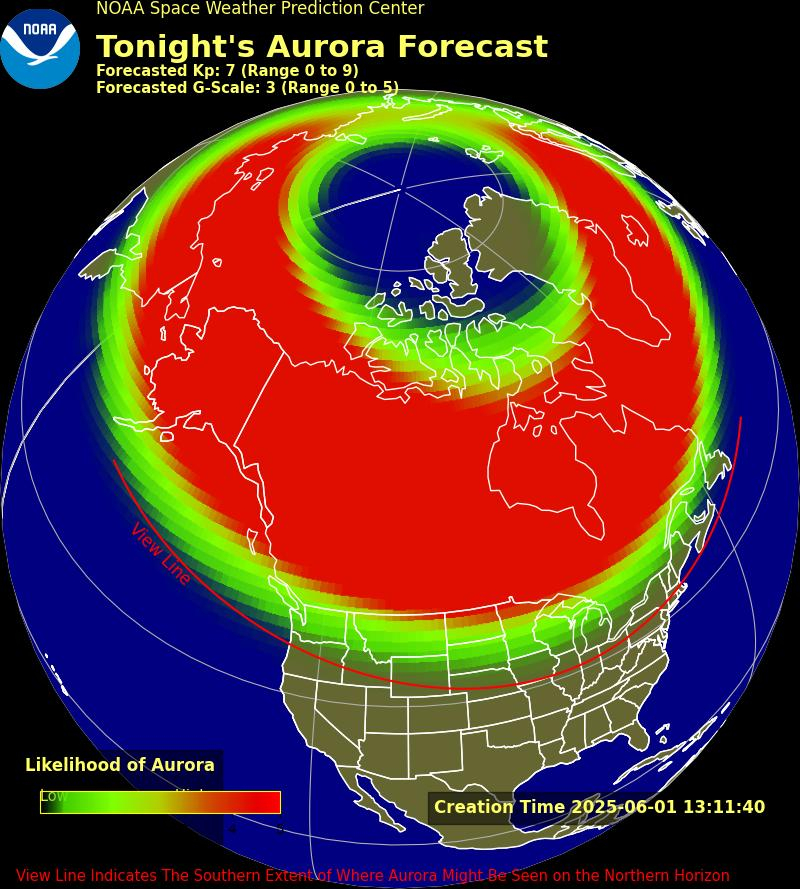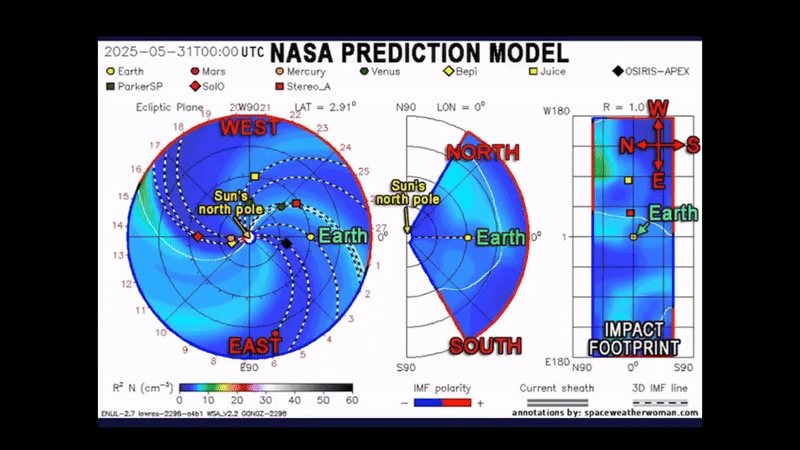The recent death of Frank Borman, commander of Nasa’s Apollo 8 mission in 1968, has focused attention on that incredible first voyage to the Moon.
It took place eight months before Apollo 11, where Neil Armstrong and Buzz Aldrin explored the lunar surface for the first time. However, the impact of Apollo 8’s “Earthrise” picture — the sight of the Earth from the moon — now seems even greater than that of the first landing.
For many years, the story behind the famous Earthrise photo, was that the crew were caught off-guard by the blue orb rising from behind the Moon. But even if they were preoccupied, the astronauts knew it was coming.
Another unforgettable event during the mission was a reading by the crew from the Book of Genesis, broadcast to the world at Christmas. Detailed research I’ve conducted in NASA’s archives has revealed more clearly how much planning lay behind these dramatic moments. The famous Earthrise picture, a wonky snap taken in a hurry, was improvised, but it had been anticipated.
Earthrise restored
After entering lunar orbit, they nearly missed seeing the Earth. Only on the fourth orbit, when the capsule flipped round 180 degrees to point forwards, did they notice it. Borman confirmed to me that at that moment they were “taken by surprise — too busy with lunar observation on the first three orbits.”
But the Apollo program’s director of photography, Dick Underwood, was anxious to set the wider record straight. He explained: “Hours were spent with the lunar crews, including the Apollo 8 crew, in briefing on exactly how to set up the camera, which film to use … these briefings were most comprehensive.”
Related: How to photograph the moon with a camera

RELATED STORIES:
There were, however, battles within NASA about what images the astronauts should focus on, with the management insisting on shots of lunar geology and potential landing sites. Dick Underwood explained: “I argued hard for a shot of Earthrise, and we had impressed upon the astronauts that we definitely wanted it.”
Borman was joined on the mission by two other astronauts: Jim Lovell, who was the command module pilot, and Bill Anders, who had the title of lunar module pilot. NASA had intended for Apollo 8 to test the lunar module, but it was behind schedule so the mission didn’t take one.
At the pre-launch press conference, Borman had looked forward to getting “
good views of the Earth from the moon” and Lovell to seeing “the Earth set and the Earth rise.”
The official mission plan directed the astronauts to take photos of Earth, but only as the lowest priority. When the key moment came, the astronauts were indeed taken by surprise, but not for long.
Anders was at a side window taking photos of craters using a camera with black and white film when he saw the Earth rise from behind the moon. “Look at that picture over there! Here’s the Earth coming up,” Anders exclaimed.

Anders quickly took a sharp shot of the Earth emerging above the lunar horizon. Then he and Lovell argued briefly over who should have the color film camera, while Borman tried to calm them down.
It was Anders who took the blurry, hastily framed, overexposed color shot of Earthrise, later dubbed the image of the century. But in the other camera was a much better shot, long ignored because it was in black and white.
That first mono image was spot-on. A restored “Earthrise” photo, recently colored by experts using the later shots as a reference, conveys the stunning sight beheld by the astronauts.
This shot, revealing the Earth as a majestic but fragile oasis. As Lovell mused: “The loneliness out here is awe-inspiring … it makes us realize what you have back on Earth.” For Borman too it was “intensely emotional … We said nothing to each other, but maybe we shared another thought I had: ‘This must be what God sees.’”
The Genesis reading
In 1968, as now, space travel was viewed as a scientific and technological domain. But the mission was also sent by one of the world’s most strongly Christianised countries, and the crew was not about to leave its cultural background behind.
It was a point of pride at Nasa that, whereas Soviet cosmonauts were tightly monitored and controlled, their own astronauts were free to speak their minds. Extraordinary as it now seems, they were left to decide for themselves what to say in their historic live broadcast from lunar orbit.
Borman knew that he had to come up with something special for the Christmas broadcast. A few weeks beforehand, he was told by a press officer: “We figure more people will be listening to your voice (during the broadcast) than that of any man in history. So we want you to say something appropriate.”
While Neil Armstrong‘s “one small step” message was carefully considered inside NASA, no one in the agency knew in advance what Borman would say.
With only two minutes left before radio contact was lost as the spacecraft passed behind the moon, Anders said: “The crew of Apollo 8 have a message that we would like to send to you.”
He then read from the Book of Genesis: “In the beginning, God created the heaven and the Earth; and the Earth was without form and void.” He continued: “God said, ‘Let there be light,’ and there was light.”
Lovell and Borman took over to read the next verses, and Borman signed off: “Merry Christmas, and God bless all of you – all of you on the good Earth.”
As Apollo 8 dipped out of radio contact, the world was left to absorb the impact. “For those moments I felt the presence of creation and the creator,” NASA’s chief flight director Gene Kranz later recalled. “Tears were on my cheeks.”
Somehow Borman and his colleagues found the perfect words to convey their experience. But Borman had thought about the assignment carefully, asking a publicist friend to help out with the text.
This was Simon Bourgin, science policy officer at the US Information Agency. Bourgin in turn asked a journalist, Joe Laitin, who mentioned the task to his wife, Christine.
She looked in the Old Testament and suggested: “Why don’t you begin at the beginning?” She recognized the primeval power of the creation story in the first book of Genesis, with its evocative description of the Earth.
Borman immediately recognized that this was just right, and had it typed up. He had superbly vindicated NASA’s trust in him.
While inspiration and a degree of freedom were involved in the Earthrise photo and Genesis reading, behind their execution lay careful planning and professionalism.


